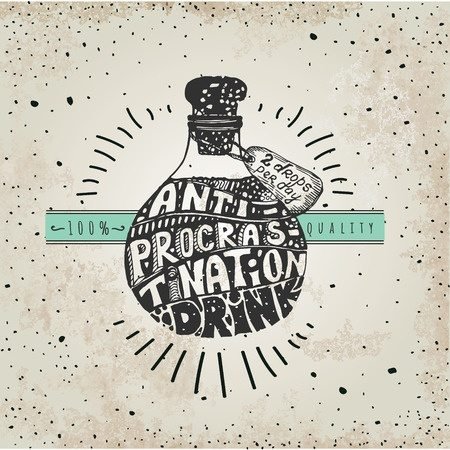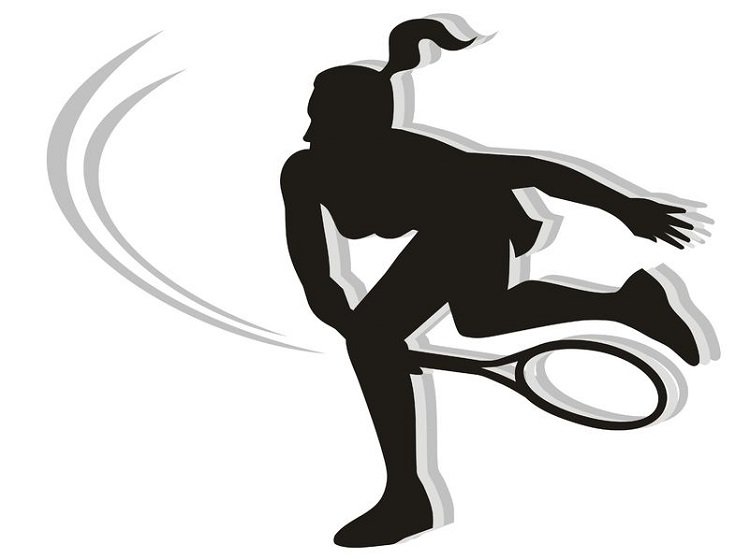Do you tend to do the same thing every morning when you wake up?
For some people routines consist of hitting the snooze button a few times, while others may get up and work out right away. Many of us check our phones or read the news to start the day.
Author Laura Vanderkam studied the schedules of high-achievers to see if they started their day in a certain way to give them more productivity.
She found that almost all of them have a morning routine.
Here’s a great round-up (prepared by Eric at Barking Up The Wrong Tree) of what a few experts and high-achievers say is the best way to start your day for maximum productivity.
Make Your Morning Non-Reactive
Take your time to get up and get your day going, without doing things that might dictate your behavior. Avoid checking email immediately or racing to start something before your feet even hit the floor.
New York best-selling author Tim Ferriss tries to start the first 80 to 90 minutes of his day with as little variation as possible. According to Ferriss, a morning routine helps you feel in control, reduces anxiety, and makes you more productive.
By starting your day with reacting to what is thrown at you, you end up not having the time or being too tired to achieve your goals and do what is important.
Allow yourself to wake up before succumbing to the demands of others, and before you become too busy to approach your priorities for the day.
Now that you’ve avoided a reactive morning, what should you do in that time before demands are made of you?
Choose the Top 3 Things That Matter Today
Cal Newport is a professor, published author, father, and a husband.
He is incredibly productive throughout the day, but manages to complete his tasks by 5:30 every evening. How does he find the time to get everything done?
He separates tasks into two different types of work: Shallow and Deep.
Shallow work is equivalent to emails, meetings, and other types of busy work that don’t demand much from your talents but are required to keep your job.
Deep work pushes your abilities to their limits, improves your skills, and produces valuable results. Deep work is what will get you promoted.
The key is to make deep work your priority and spend most of your productivity on these tasks.
You should be specific about the deep work you plan on getting done. An important key to achieving goals is to set concrete goals instead of vague ones.
Now that you’ve decided the three important things for your day, you’ll need to know when to do them.
Use Your Sharpest Hours for Your 3 Goals
It’s scientifically shown that your brain works better for different tasks during different parts of the day.
Dan Ariely, behavioral economist at Duke University and New York Times bestselling author, states that you have about 2.5 hours of peak productivity every day and may be 30 percent more effective during that time. He found that about an hour after waking is when your peak time starts. So, if you wake up at 7:00 a.m., your peak time is from around 8 to 10:30 a.m.
Other studies have shown that your brain is the sharpest for tough tasks two to four hours after waking. Our ability to think clearly and learn varies between 15 and 30 percent over the course of a day. You’ll want to take advantage of the time when you are thinking the clearest and able to learn the most.
Utilize your peak time to work on your three goals, and designate those hours as your “protected time” to avoid being distracted by shallow work and other demands. While the morning hours are the most productive time for most people, you may know that you get the most done at night or in the early afternoon. Whatever your most productive hours are, protect them and do your key tasks during that time.
Having the knowledge of what goals are important and what time you should do them is great, but there’s still the important matter of getting started. How do you get going when you’re not motivated?
Develop a Starting Ritual
Finishing things is less of a problem as getting them started in the first place.
New York Times reporter Charles Duhigg gave some advice to those who struggle with procrastination and motivation. Duhigg stated that developing a ritualized response to starting is an excellent way to beat procrastination. Usually, when people talk about struggling with procrastination, they’re referring to the first step to get started. If you can habitualize the first step, it will make getting started much easier.
The habit can be as simple as getting your first cup of coffee or sitting in a spot where you’re typically productive. In fact, your environment can activate habits without your conscious mind noticing. Your subconscious will gradually learn the association between an action and an outcome.
Once a habit is formed, elements from the context of the habit will serve as a cue to start the desired behavior without a particular goal or intention from the conscious mind.
Even if you’re doing everything right and you went through your starting ritual, you might find that you just can’t get started on your tasks. What should you do then?
Use the Right Kind of Procrastination
Procrastination can be a good thing if it is the right kind.
The number one thing on your list of goals might terrify you, or not seem particularly inviting. But, you can use the time you’re taking to put off starting that task to get many other things done. If you’re not ready for goal one, start with goal two instead. It’s ok to avoid it for now as long as you aren’t turning to things like Facebook or other non-productive distractions.
You can use avoiding the “scariest” task on your list, as a way to trick yourself into ultimate productivity. Make a list of commitments. At the top, put a couple of daunting tasks - maybe even impossible tasks. Further down the list, include some doable tasks that matter and need to be done. You’ll be more inclined to do these less-daunting tasks as a way to avoid the tasks higher up on the list, and you’ll still be highly productive.
While you may procrastinate on one task, you do so by working on a different one. It’s a principle of behavioral psychology that we are willing to complete an unattractive task as long as it lets us avoid doing something worse.
Conclusion
To sum all of this up in some easy-to-follow points, here’s how the experts suggest you gain optimal productivity:
- Avoid anything that causes you to have to react before you have a chance to wake up completely. Beginning your day by instantly meeting the demands of others doesn’t allow you to figure out what’s important to you for the day.
- Choose the top things that matter today. You won’t have time to achieve every task you set out to do, so select some tasks that are “deep” work that will make a difference. Set no more than three goals of tasks that will allow you to end the day feeling accomplished.
- Use your peak productivity hours for those top goals. Typically, this time will be an hour or two after you wake up, but there may be another time for you. Protect those hours to ensure productivity.
- Create a starting ritual to help you get your day going. Do the thing or go to the place that tells your brain it’s time to get the day started.
- When you just can’t complete the top task on your list, use positive procrastination. Try doing the second task instead. In fact, set a close-to-impossible goal first, as a decoy, which will make the following goals seem that much easier to complete.











